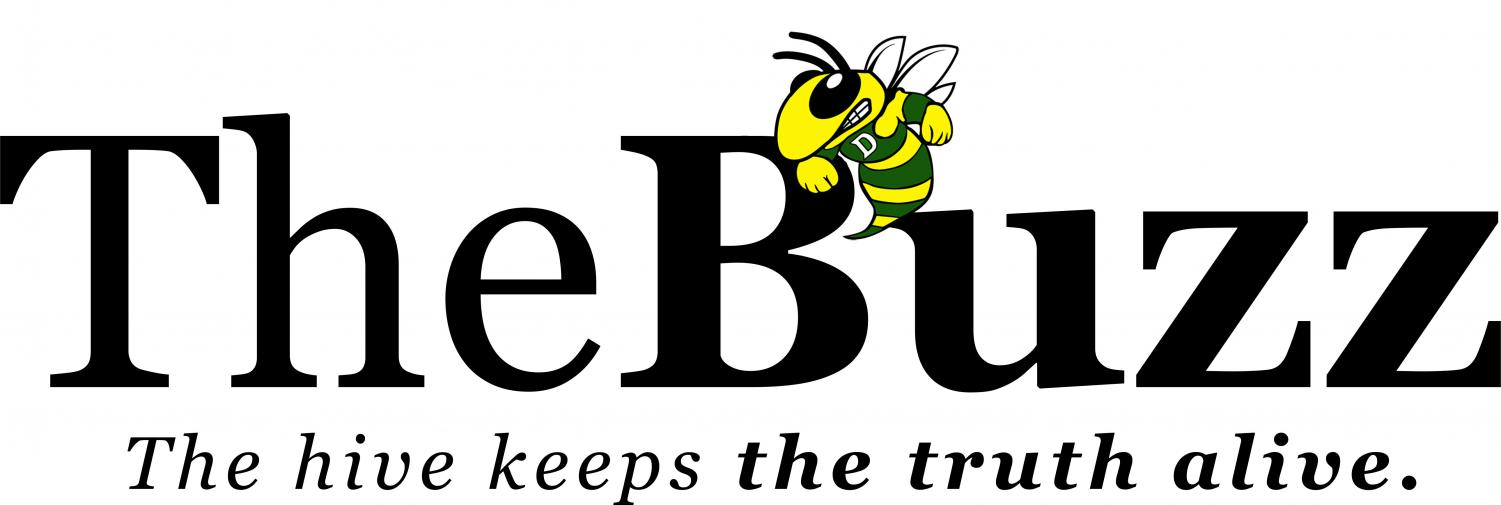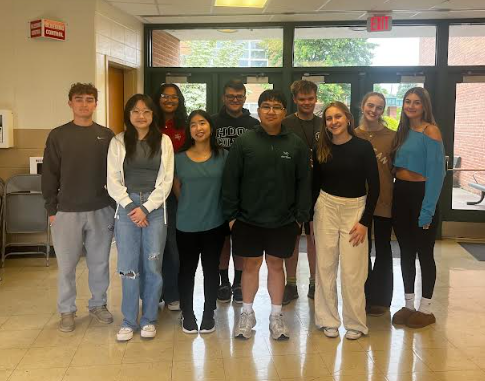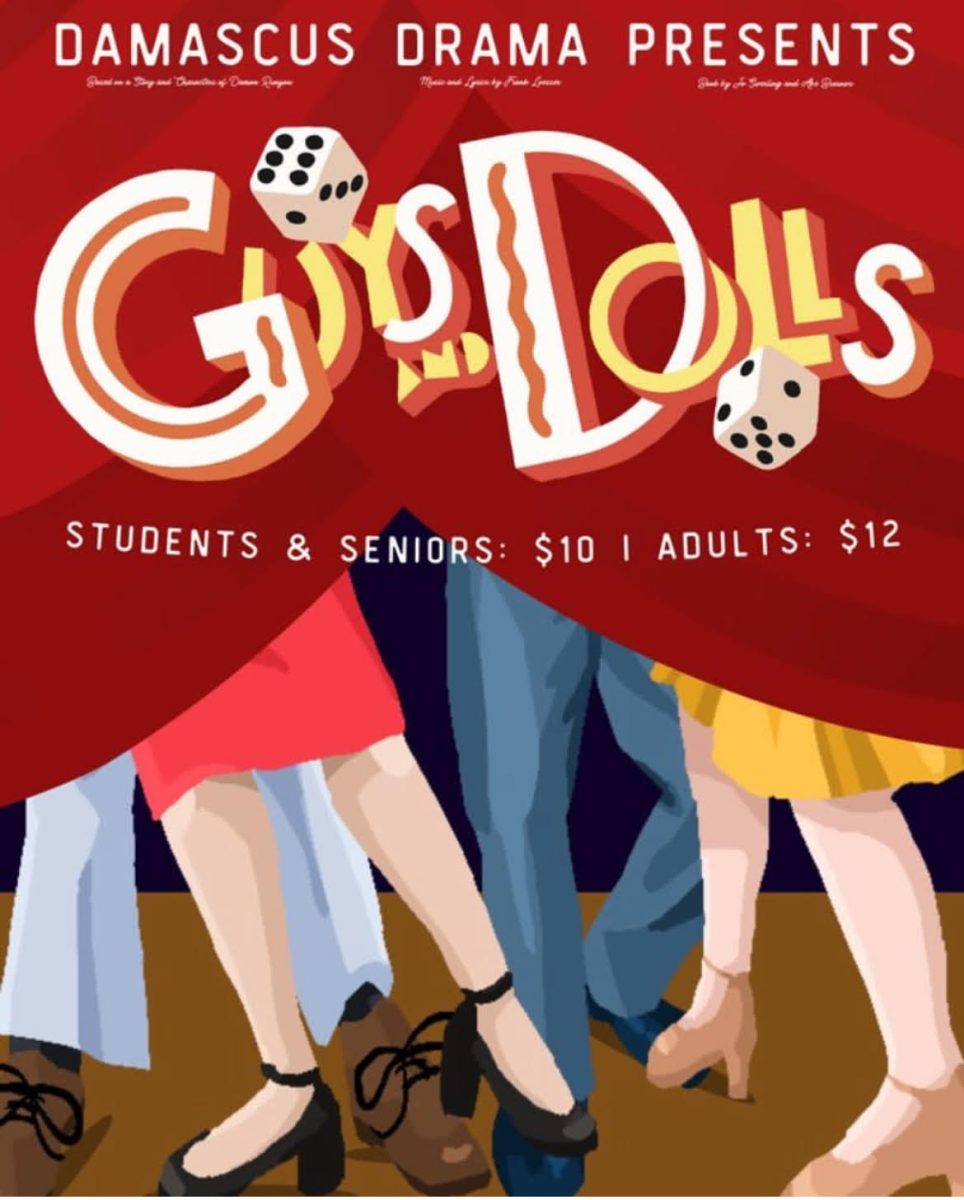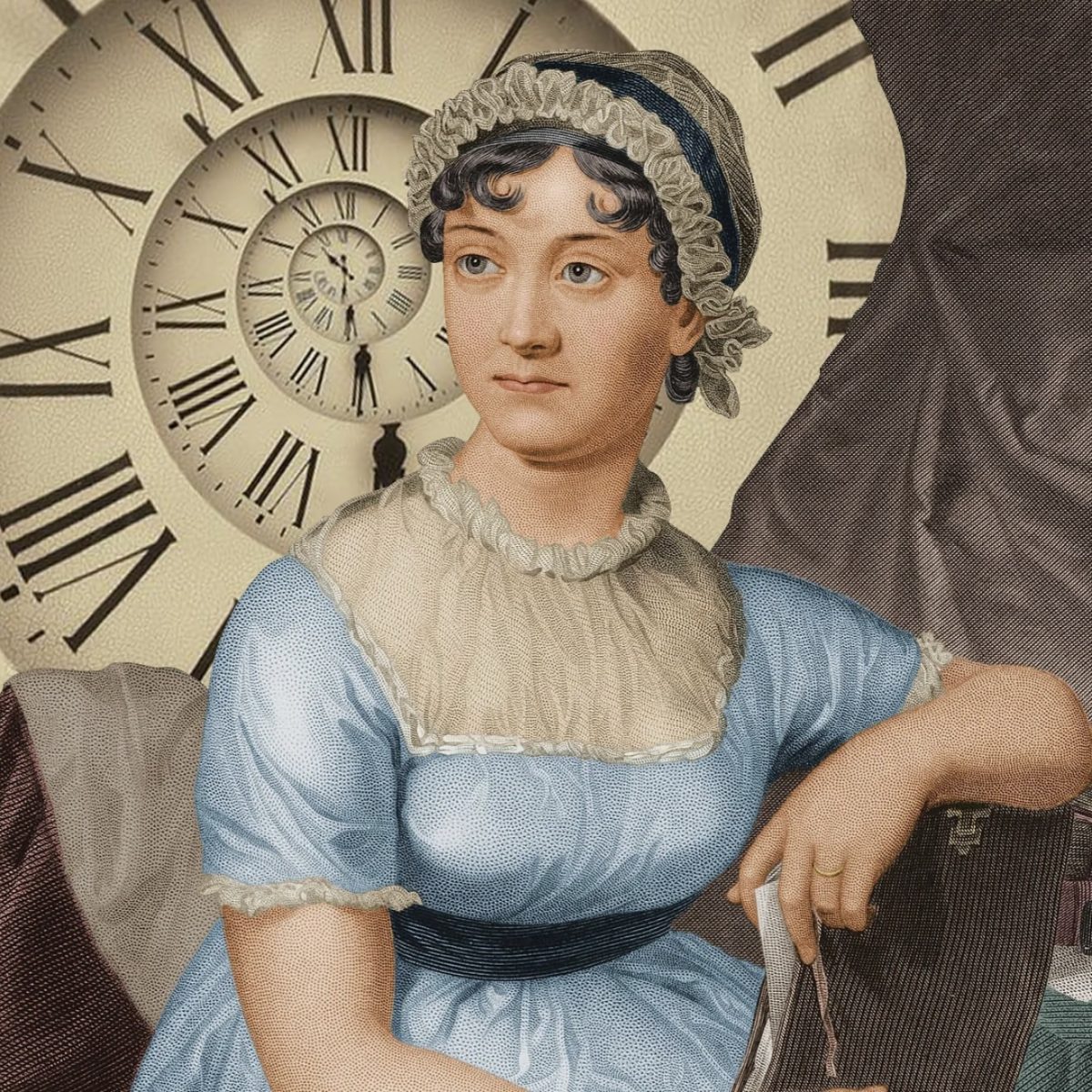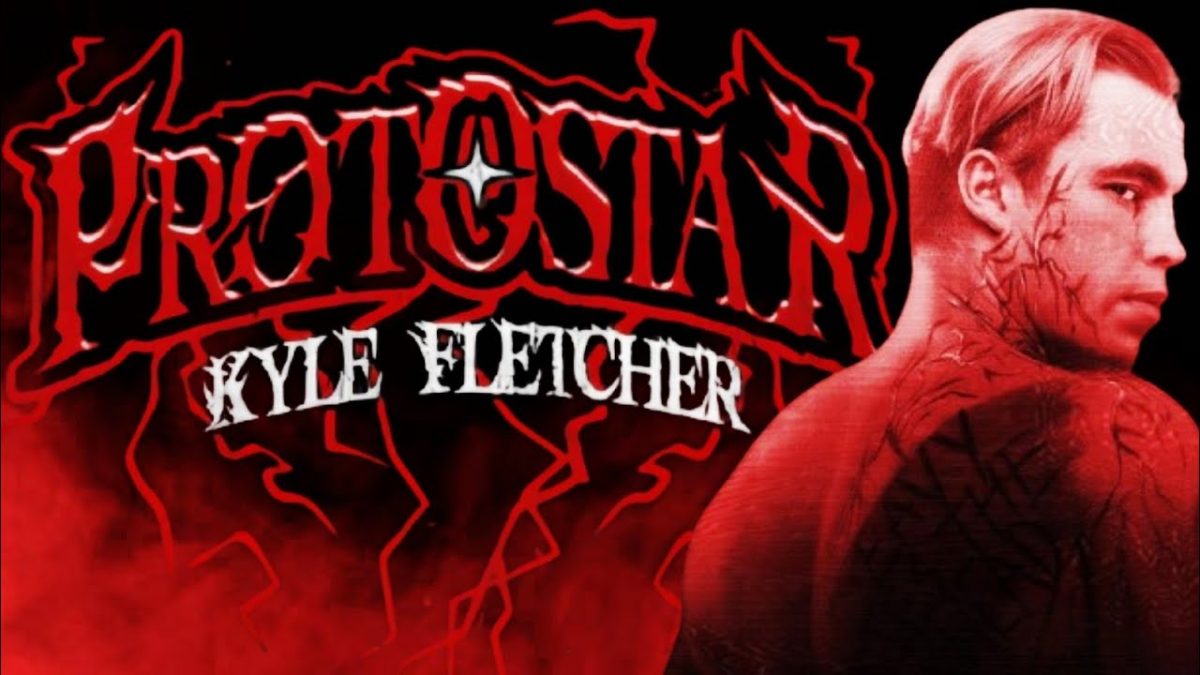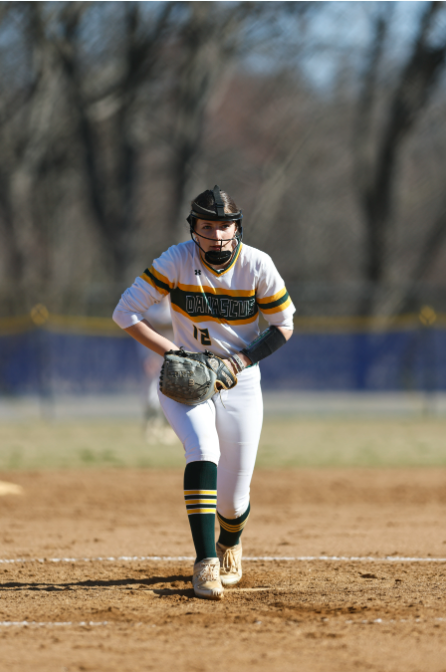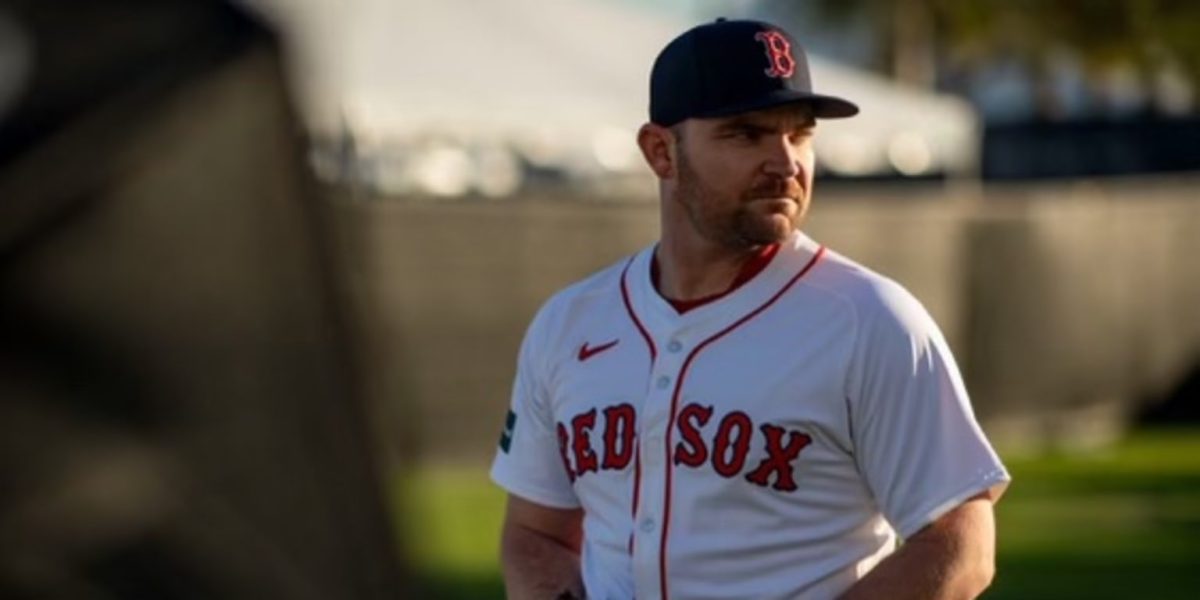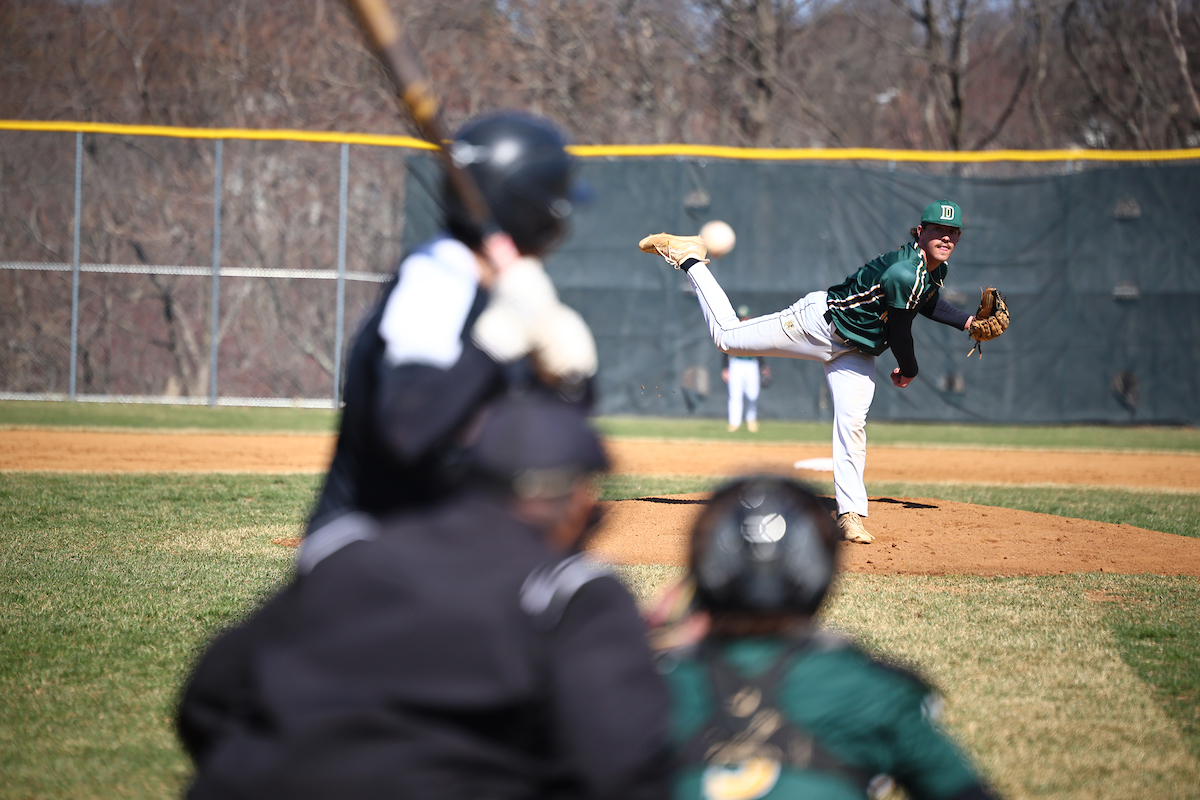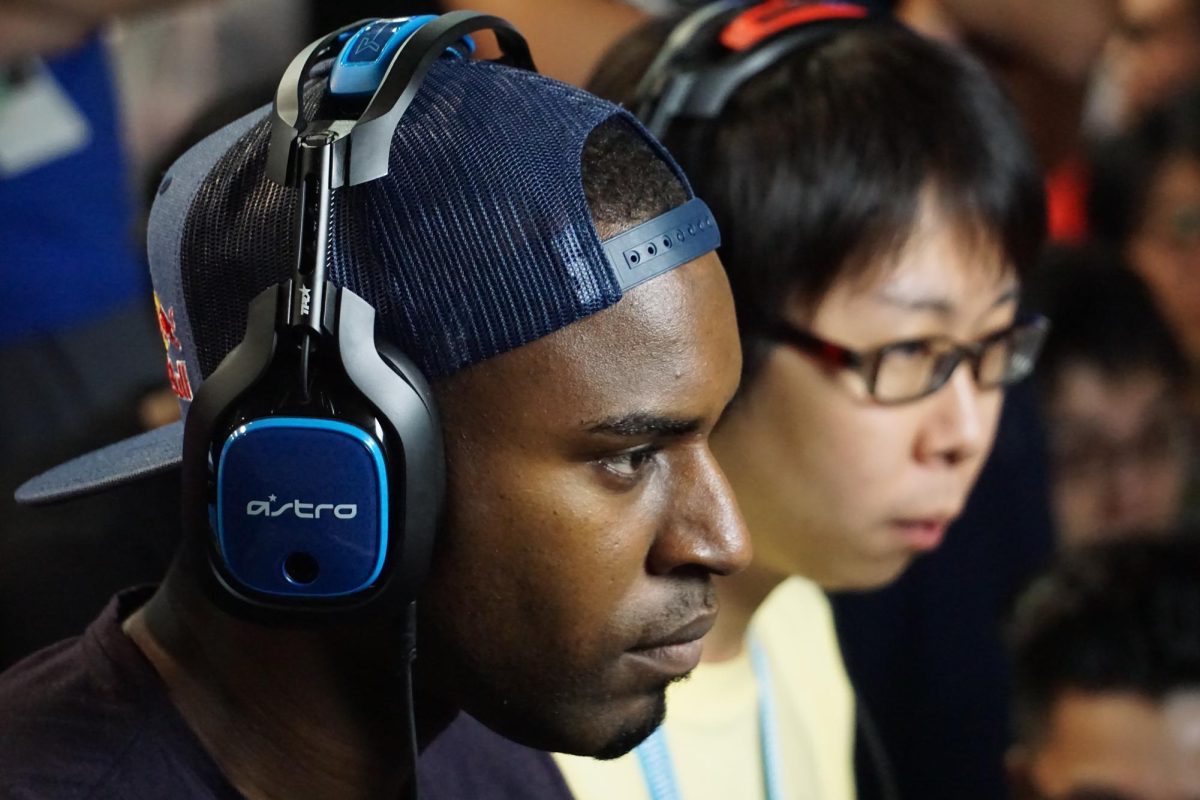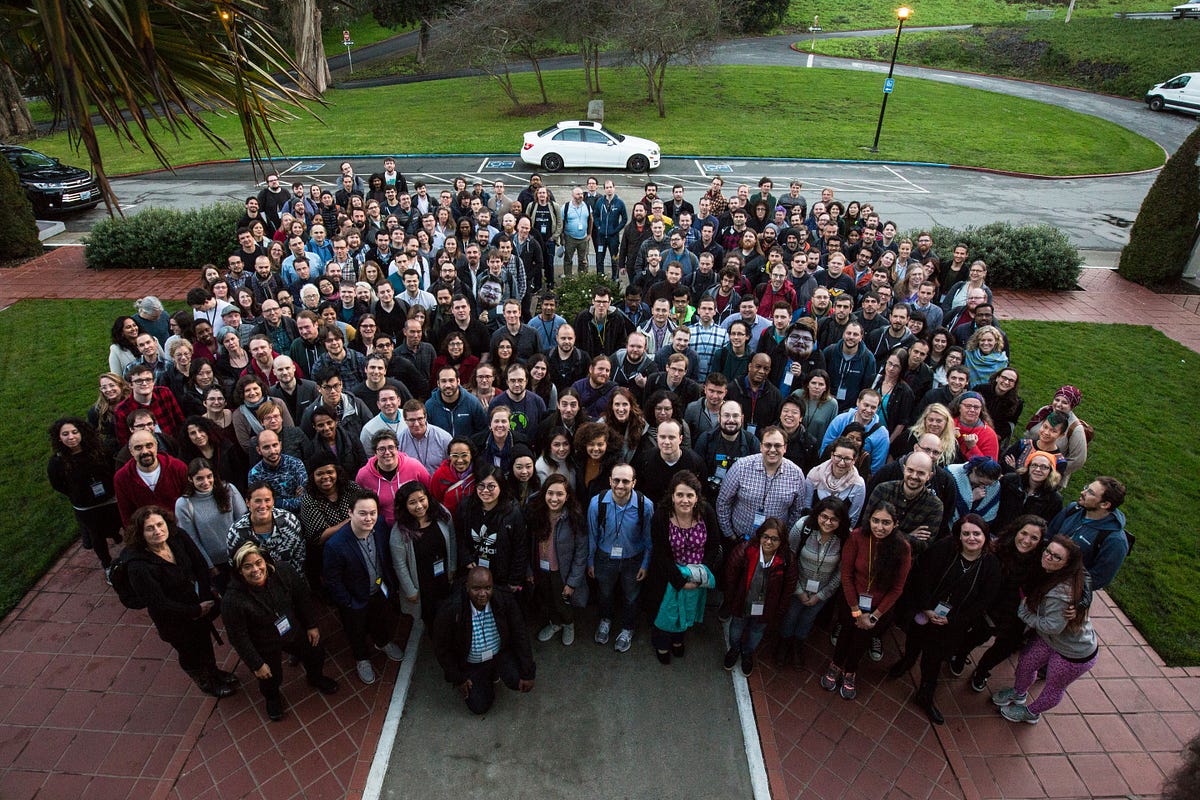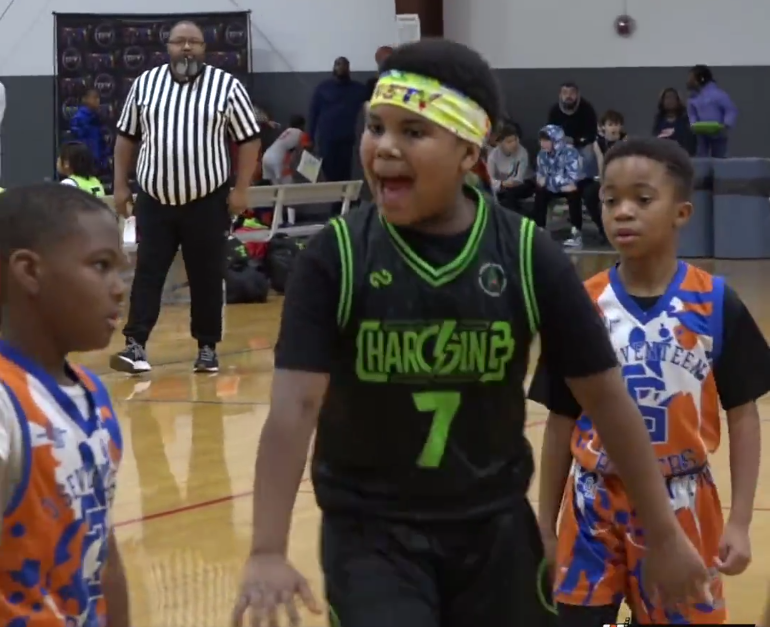House of Highlight Horrors
A third grader featured on Overtime seen taunting his opponent after an and-one layup.
March 24, 2023
The vast majority of basketball fans have scrolled upon a video of a freakishly large and athletic kid being featured on Overtime, Ballislife, Hoopmixtape and other media outlets. Whether it’s an 8th grader who can shoot from anywhere within the arena, or a 6’9” 13-year-old who can dunk on the entire class of 2028, it’s evident that more and more kids across the nation are receiving mainstream media attention. But this is a good thing, right? More opportunities for young athletes, more business for sports media incorporations and more entertainment for us measly viewers who could have done what these kids are doing if only we didn’t blow our knee out back in our hay-day. Except when do we begin to ask: “How much attention is too much, and at what point does this emergence of social media in the basketball world become detrimental to the game and its players?”
One of the high school mixtape pioneers is former Washington Wizard John Wall. Back in 2009, Hoopmixtape posted a four minute compilation of Wall crossing over, blocking and dunking on a bunch of poor students who just sat through their grueling pre-calculus class just hours before. Wall would have been a 2010 lottery pick regardless of whether or not this video was published, but it garnered 10.2 million views, and John Wall was in the basketball spotlight. But like I said, Wall was a lock for a top five pick in the draft the following year, so what significance did this video have? It showed that Wall was among the best of the best high school basketball players, at that time only a select few players— usually upperclassmen already committed to a college— were honored with mixtapes. Nowadays, corporations like Overtime and Ballislife feature a plethora of young hoopers across their multiple platforms every single day, diminishing the exclusivity of a mixtape, and even ruining the game of basketball for the youth.
How does featuring more talented players ruin the game of basketball? That’s a valid question, as that claim alone may paint me as jealous of all these kids my age and younger receiving highlight reels. That “valid question” was answered by current Minnesota Timberwolf Austin Rivers in an interview with “The Ringer.”
“I didn’t go into a game doing something [specifically] to be on Hoopmixtape. I went into the game to win and just be myself,” Rivers claimed. Rivers, the number three player in the class of 2011, is referring to the forced flashiness often found in youth basketball today. Countless videos of kids doing corny celebrations after scoring, starting problems with their opponents and taunting the crowd have circulated on the internet. These forced instances of pageantry and conflict are all for the cameras and ultimately ruin the competitive nature of basketball. But the kids aren’t entirely at fault here. They can’t control whether grown men with cameras come to their Saturday morning AAU games, and when you really think about it, why are grown men traveling around the country to record 12-year-olds play basketball?
“I didn’t ask Hoopmixtape to come follow me, I didn’t pay Hoopmixtape [or Ballislife] a dollar… The landscape has changed now. Parents are paying these people to come to games, everyone gets a mixtape,” Rivers stated. This is a really good point, and I want to highlight what he said about parents and youth league administrators paying these social media companies to record their games.
Back in January, Overtime featured a video put together by CourtsideFilms. This video was a minute-long compilation of third-graders heaving up threes, tapping their head and staring down their opponent after making a layup and reenacting fortnite emotes in between possessions. Yes, literal eight- and nine-year-olds were featured on a platform that once featured the country’s top basketball prospects. I went on Overtime’s website and saw that they charge a $100 base fee for a feature on their platform, and the more footage of your cocky child that you submit, the more it costs. Everyone gets a mixtape in highlight culture, and because of that, basketball loses its genuinity. Players intentionally fish for highlights and conflict, reclass so they have more time to build a social media presence for themselves and AAU superteams are formed due to all the publicity these young athletes are acquiring.
This isn’t a rant about how I want to go back to “the basics of the game” and drain the fun out of basketball. Highlights are great and they make the game more memorable when they occur naturally. However, that’s the key, they need to occur naturally. Rockets’ combo guard Jalen Green has recently been under fire for his AAU-esque style of play at the professional level. A handful of players across the association have criticized his evident need to be flashy, high volume of shot attempts and lack of court vision despite being a guard. The 21-year-old is the first of many to come who neglect the fundamentals of the game for their entire high school and AAU career due to highlight culture, yet still find themselves on an NBA roster once they’re 19.
Natural athletes are working towards making highlight reels as opposed to making the right play, which could drive coaches and scouts away. If said coaches and scouts aren’t driven away, players who do value the fundamentals and play the game correctly may lose opportunities simply because they don’t portray some artificial style of play funded by their parents. The game is evolving, and so are players, but they’re being taught to prioritize highlights and publicity instead of humility and a true love for the game.
